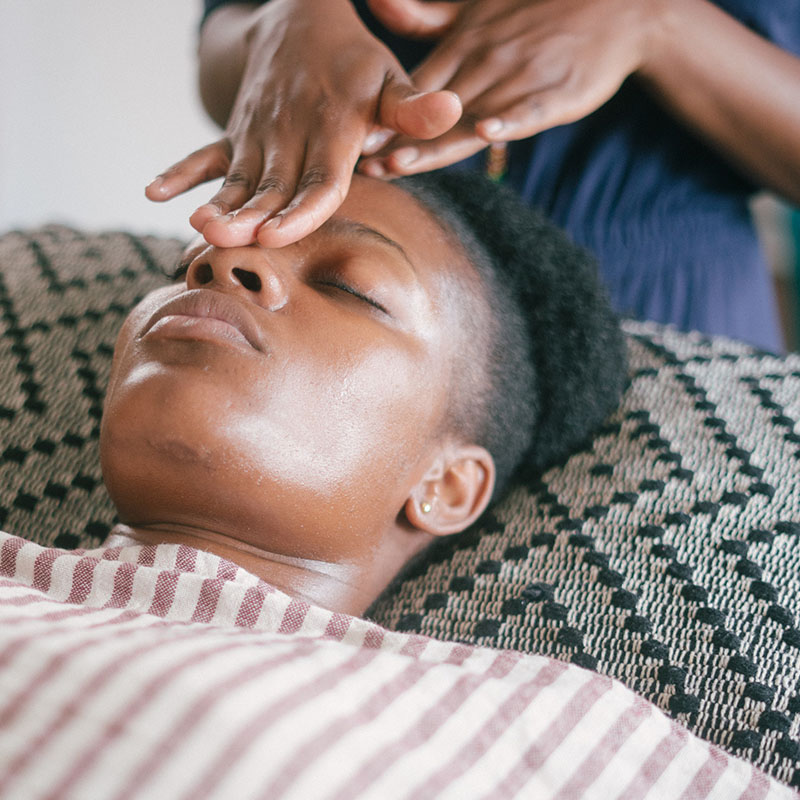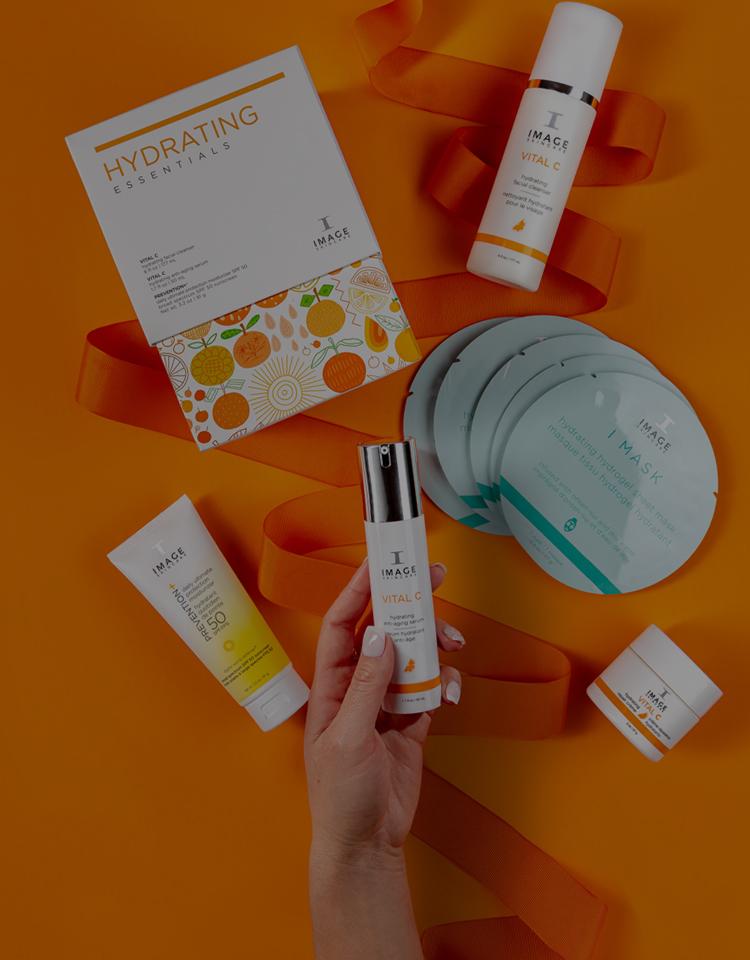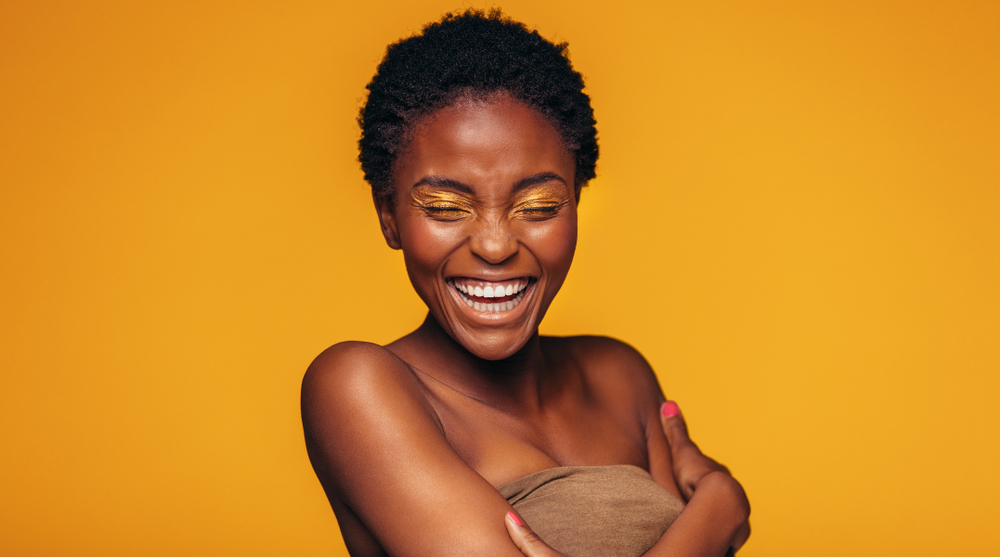By Dr. Mobola Savage
Outline:
- What is Sunscreen
- How does Sunlight cause damage to the skin
- What you should look out for in your bottle of sunscreen?
- How do you chose the ideal sunscreen for your skin type
- When do you wear sunscreen?
- How much sunscreen should you wear?
What is Sunscreen?
Sunscreens are used to protect the skin from the harmful effects of the sun. They help to prevent sunburn and premature aging. Sunscreens also help to decrease the risk of skin cancer and also of sunburn-like skin reactions (sun sensitivity) caused by some medications.
The active ingredients in sunscreens work either by absorbing the sun’s ultraviolet (UV) radiation, preventing it from reaching the deeper layers of the skin, or by reflecting the radiation.
Wearing sunscreen does not mean that you can stay out longer in the sun. Sunscreens cannot protect against all of the sun’s radiation.
READ ALSO: Skin Care Must-Have Products this Summer
In my years of practice, one thing that often comes up during skin consultation is the confusion that lies around the use of sunscreen amongst our clients.
From experience, clients usually fall into three groups when it comes to wearing sunscreen.
- The ‘Unaware’ – this group is guilty of being unaware of what a sunscreen is. They have never heard of the word sunscreen before. Clients in this group would bring out a pair of sunglasses from their purses when you request to know what SPF and brand of sunscreen they wear. I have come across many clients like this.
- The ‘Unfaithful’ – is aware of sunscreen SPF but fail to use them to protect their skin due to a number of factors such as finding the right sunscreen for their skin type, forgetfulness due to a busy lifestyle, white cast/residue left on the skin after application of sunscreen etc.
- The ‘Vigilant’ – who knows just about every sunscreen available for use. This group remembers to apply SPF to their face, but neglect other parts of their exposed body e.g. legs and arms.
Whether you are black or white, it is important to note that unprotected exposure to sunlight will put you at risk of developing a wide range of cosmetic and medical skin problems.
These include premature aging (sun spots, freckles, fine lines, wrinkles) and skin cancers such as melanoma.
For this reason, sunscreen is your best protection against premature skin aging.
How does sunlight cause damage to the skin?
Sunlight contains UVA rays, UVB rays and other wavelengths of light. UV light cause damage to the skin via a number of molecular mechanisms. The UVB rays penetrate the upper skin layer or epidermis – causing skin reddening and sunburn) rays. UVA rays have the ability to penetrate the skin more deeply, affecting the lower dermal layers – causing a breakdown in skin elasticity.
What you should look out for in your bottle of sunscreen?
So, what do you think should be the first thing you look out for before wearing sunscreen?
The Ingredient list!!! According to a recent study from the non-profit Environmental Working Group (EWG), nearly three-quarters of all sunscreens on the market don’t work as well as they claim to, or they contain potentially harmful ingredients.
For this reason, always read the ingredient list written on your sunscreen bottle. Look out for key ingredients like zinc oxide and titanium dioxide. They are stable in sunlight, offer a good balance between protection from the two types of ultraviolet radiation – UVA and UVB.
The Sun Protection Factor
SPF (sun protection factor) is a relative measure of how long a sunscreen will protect you from ultraviolet (UV) B rays. The SPF is a theoretical multiplier of the amount of time you can stay in the sun without getting burnt.
Assuming you use it correctly if you’d burn after 20 minutes in the sun, an SPF 30 sunscreen protects for about 10 hours (i.e. 30 times the original duration). But the intensity and wavelength distribution of UVB rays vary throughout the day and by location. And that calculation does not apply to UVA rays.
When looking for a good sunscreen, choose a minimum of SPF 15 -30 with UVA cover (it should say on the product). Most modern-day sunscreen is broad spectrum which means they will provide protection
against UVA and UVB. Also note that, where possible it is better to wear a separate sunscreen rather than opt for cosmetic products that already contain SPF.
How do you chose the ideal sunscreen for your skin type
For Oily skin: choose a sunscreen with a matte finish and light gel or fluid texture
For Dry skin: choose a sunscreen with rich creams and balms
For Sensitive skin: choose sunscreen rich with titanium dioxide and zinc oxide.
When do you wear sunscreen?
Sunscreen should be worn daily. Especially between the hours of 10am – 5pm. Re-apply every two hours. Remember to wear a sunscreen before applying your makeup. For added benefits, use makeup with SPF.
How much sunscreen should you wear?
Half a teaspoon of product to face and neck. This needs to dry for three to five minutes before applying foundation. What experiences have you had with sunlight and sunscreens?
Kindly share your experience in our comment section below.





